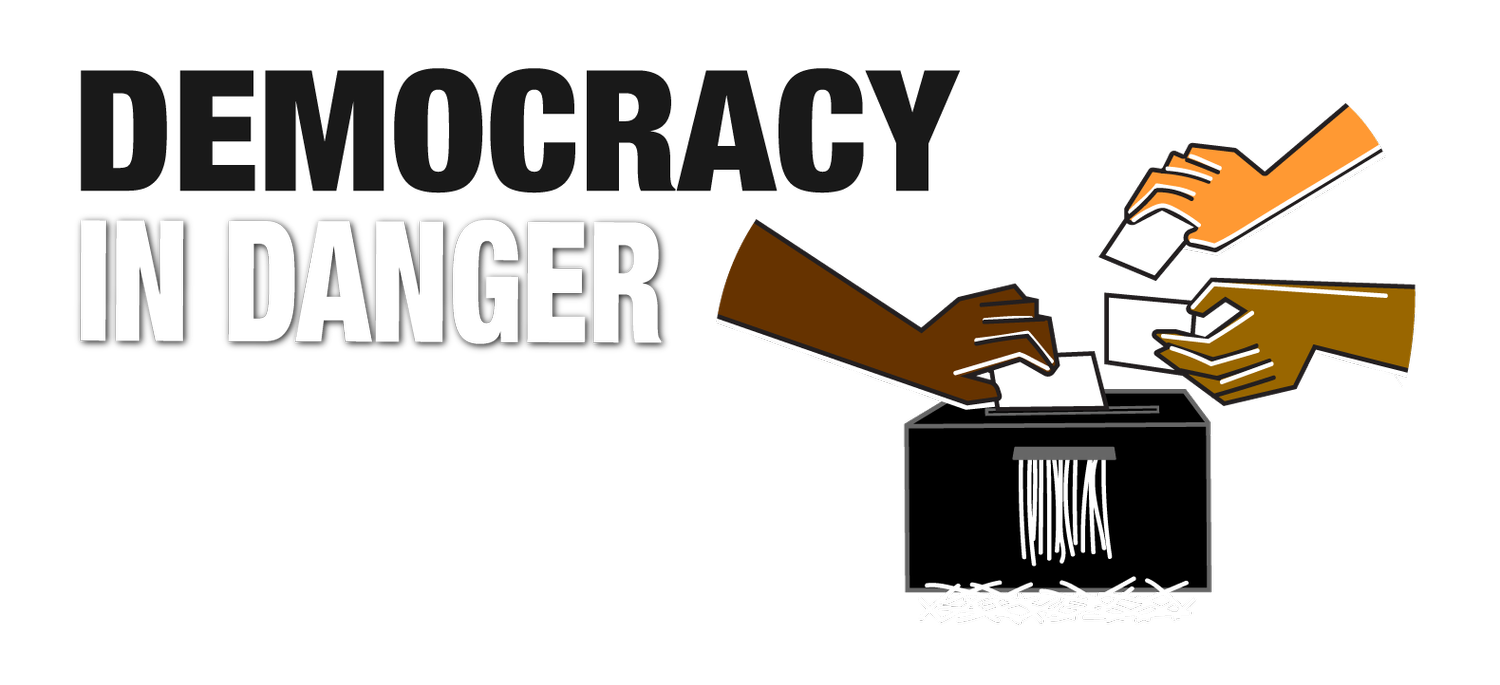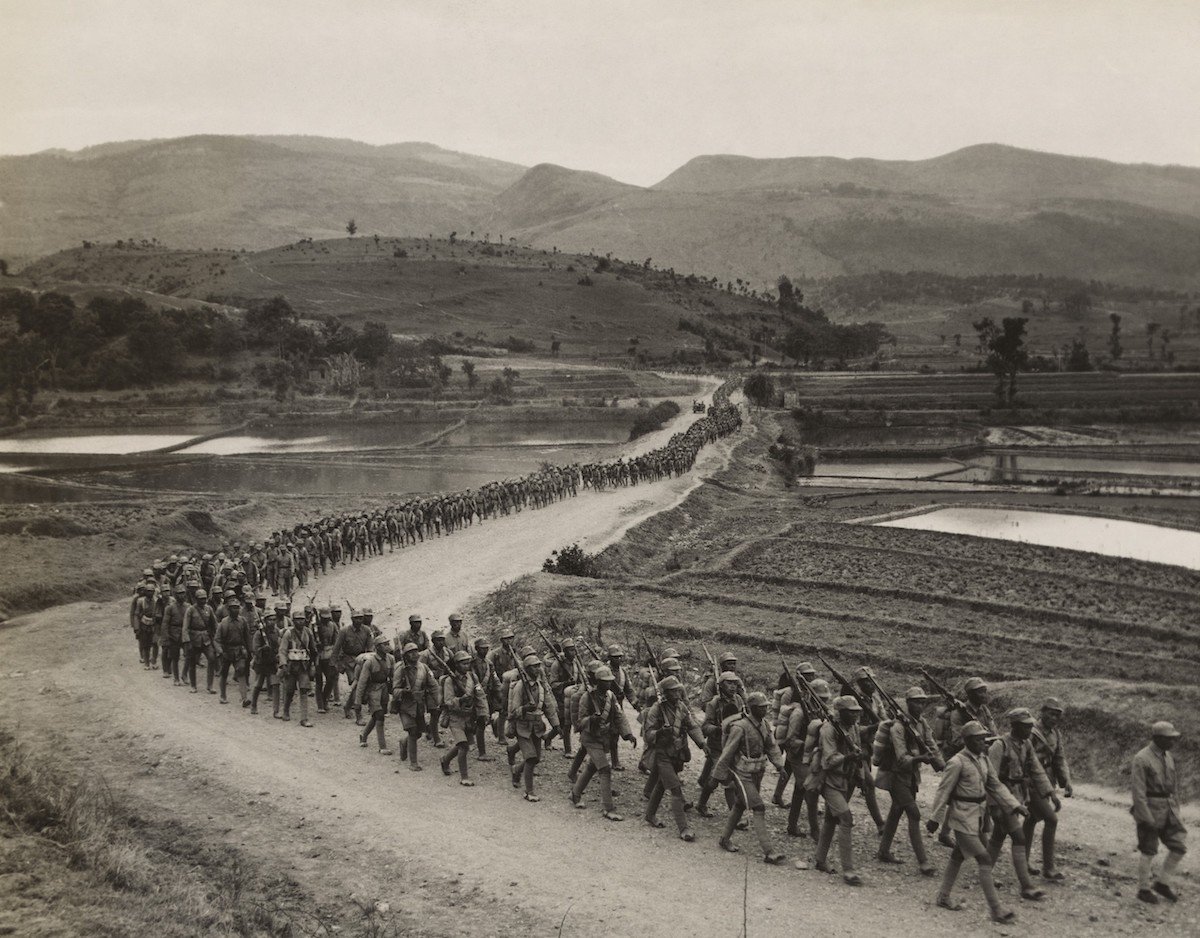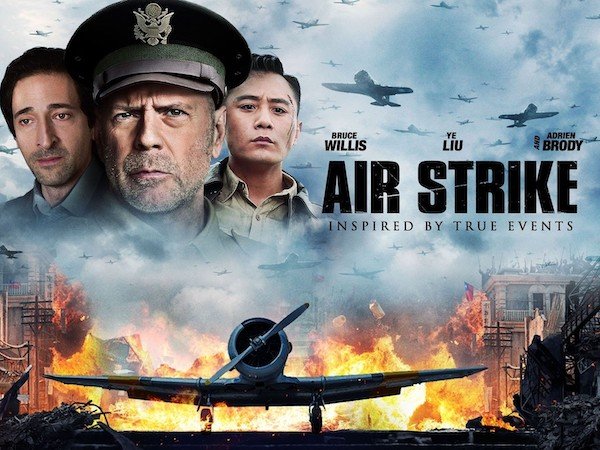Living Memory
The Chinese are rewriting — and repurposing — their story of World War II.
Read
Before the Chinese Communist Party came to power in 1949, Chiang Kai-shek’s Nationalists played a key role in fighting the Japanese during World War II. In the decades after, China’s role as an ally to the West was largely erased from its domestic politics — and all but forgotten everywhere else. Lately, Chinese leaders are revisiting “the Good War” and reframing that past to serve new interests. On this Season 8 debut, Harvard scholar Rana Mitter reminds us that history is always about the present.
Mitter says China is trying, in part, to capture a moral narrative that can bolster the county’s image at home and abroad, as its leaders strengthen the one-party system and project international power. These efforts have included carefully tailored museums, big-budget films and even the outlawing of “historical nihilism,” defined more or less as slandering the memory of China’s communist revolutionaries.
This new telling of the past, Mitter says, also serves to paper over later traumas of the 20th century: the Great Leap Forward, the Cultural Revolution and the crackdown at Tiananmen Square, for instance. But not everyone is buying this line. And despite heavy censorship, Chinese citizens — and historians — are debating these memories among themselves as well.
Meet
Rana Mitter is the S.T. Lee Professor of U.S.-Asia Relations at the Harvard Kennedy School. His latest book is China’s Good War: How World War II Is Shaping a New Nationalism (Harvard University Press 2020). His earlier books include Forgotten Ally: China’s World War II, 1937-1945 (HarperCollins 2013) and A Bitter Revolution: China’s Struggle with the Modern World (Oxford University Press 2005). Mitter’s essays on contemporary China appear frequently in Foreign Affairs, The Spectator and The Guardian, among others. He previously taught at Oxford and is a Fellow of the British Academy.
In China’s Good War, Mitter explains how the Second World War — once a taboo topic for Chinese historians — became the subject of public discussion, art and social media.
As much as projecting power, China’s narratives about the past and its place in world affairs have to do with its “moral standing,” Mitter writes in a recent book chapter.
Last year, he considered China’s economic problems in a piece for The Guardian. (CNN reports that the Chinese economy faces a host of challenges in 2024, including “a property crisis, weak spending and high youth unemployment.”)
Mitter has also examined how much — and how little — Chinese free speech and censorship changed following Mao Zedong’s death and the end of the Cultural Revolution in 1976.
For an in-depth analysis of Chinese discourse on history, sovereignty and the international order — and what this all has to do with the war in Ukraine — check out an essay Mitter published in The Washington Quarterly.
How did China get forgotten in Western narratives of the Good War? In an article for the National World War II Museum, Mitter challenges the standard narrative of the conflict having begun with Nazi Germany’s invasion of Poland. He says it actually began two years earlier, when Japan invaded China.
Learn
It wasn’t just the Allies that forgot China’s contributions to World War II. For decades, the Chinese Communist Party suppressed this history because it highlighted the central role played by their ideological opponents in their own civil war.
Today, in Xi Jinping’s China, this history has become a tool for building nationalism. But this hasn’t come without complications. Recovering the past has also dredged up unresolved disagreements, especially with Japan.
In 1987, the Communist Party opened the Museum of the War of Chinese People’s Resistance Against Japanese Aggression, in Beijing, near the famed Marco Polo Bridge, where the first shots of the war were fired.
In America, John Wayne films like Sands of Iwo Jima and Stephen Spielberg’s Saving Private Ryan have served to create a shared memory of World War II. But there are counternarratives, in critical accounts like the novels Catch-22 and Slaughterhouse-Five.
The state largely drives the narrative in China, of course, making some stories possible and not others. One example is a Bruce Willis action movie you’ve never heard of: Air Strike, from the Chinese director Xiao Feng. Intended to be an international blockbuster, the film depicts China’s Air Force heroically defending civilians against Japanese bombers.
Before writing off official reinterpretations of the conflict, consider the perspective of historian Vincent K.L. Chang. He cautions against dismissing “memory diplomacy” as nothing more than disinformation. Writing for the journal International Affairs, Chang argues that all narratives about the past “are products of present-day interests and concerns … and hence are inherently distorted.” In opening up a national discourse about the past, he says, China is inviting more nuance from its citizens — wittingly or not.
Tensions between mainland China and Taiwan, where the Nationalists set up a parallel government, play into the World War II story. During the war against Japan, Communists and Nationalists adversaries temporarily set aside their hostilities with one another to resist the occupation. In 1949, Chiang Kai-shek and his forces retreated to Taiwan, where they hoped to regroup and retake the mainland. Today, the concern is China will invade Taiwan and upend its fragile democracy.
For more on the history behind those tensions, read the Council on Foreign Relations’ explainer on how things have gone since 1949.
Transcript
Coming soon!








